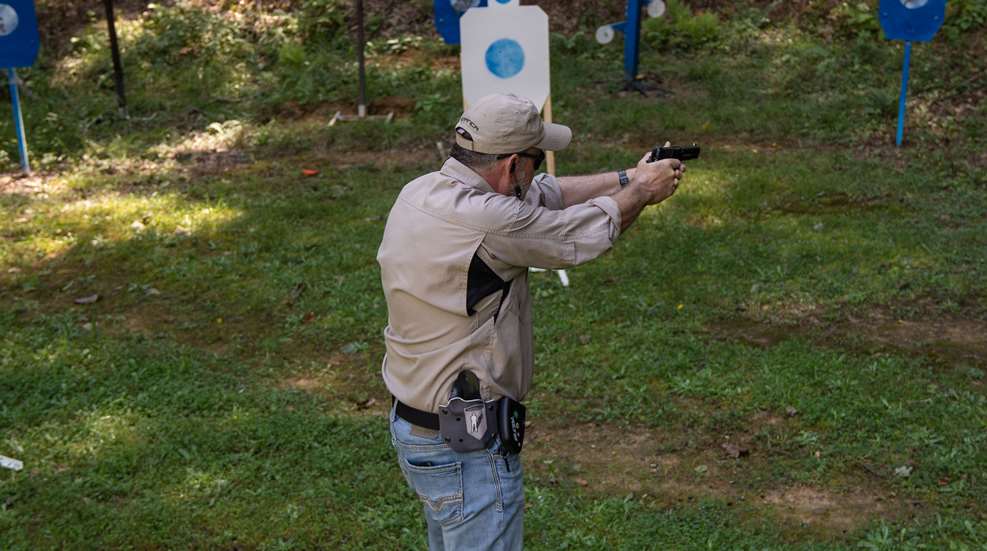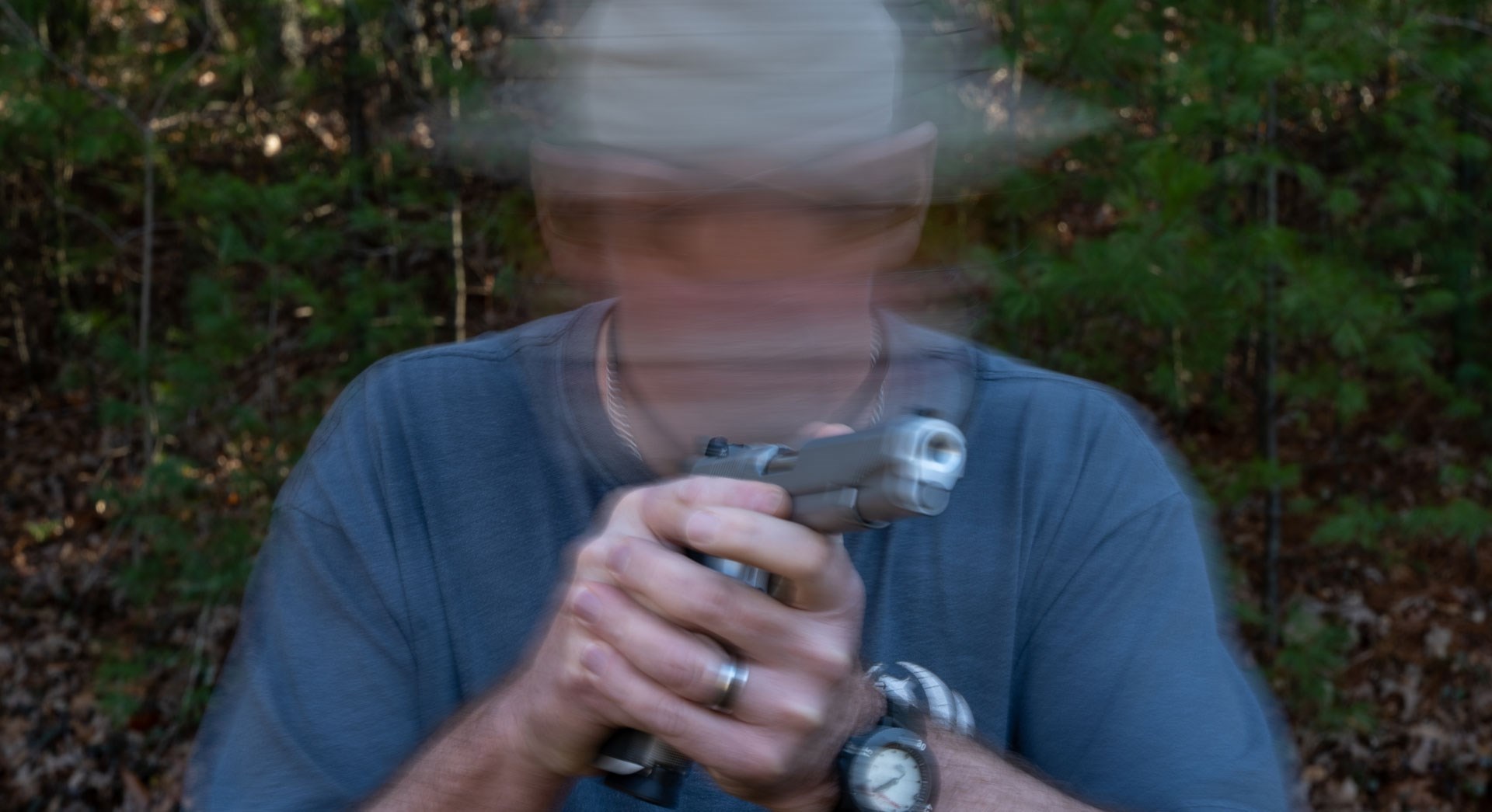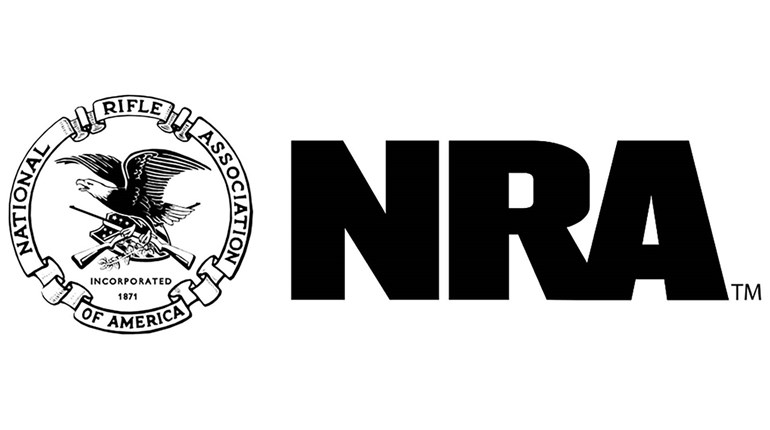
I don’t know whether it comes from watching too many videos online, too much TV or too much pontificating by trainers who have never actually pointed a gun at someone with the thought that they were really going to have to pull the trigger. Regardless of the reason, we do some things when we train that could be considered nonsensical or even stupid. These are things that sound good on the range and may even look good on paper, but in reality, they just don’t hold up to practical scrutiny.
Immediate Action Drills
Many instructors teach immediate action drills. This is practicing the processes you go through if your gun stops working. In most cases the suggestion is an immediate tap of the magazine, rack of the slide, and resume of the ready. If that does not work the next step is to determine what type of stoppage your handgun might have. I’m sorry, but if you’re in a gunfight and your pistol stops working, the most likely cause is that it is out of ammo. The standard immediate action of, tap, rack, and ready, will not sort this problem.
A more practical approach to dealing with a pistol that will not go bang—while you are in the middle of shooting at something to save your life—is not to conduct some sort of action that requires you to determine the precise cause of the failure. Just reload the pistol. And by reloading the pistol I mean, eject the magazine that is in it, insert a new magazine, and fully rack the slide. If the pistol is out of ammo, this will fix it. If it has a stoppage, this will most likely correct it. If it is a type-3 stoppage, you will likely have to pull the magazine from the handgun, but you’ll realize that when it does not eject.
I know some will say, “I count my rounds and I’ll know if I’m out of ammo.” No! You will not effectively count your rounds in a gunfight; many highly trained competitive shooters cannot even effectively count their rounds during competition. Yes, you need to know how to clear stoppages—all types of stoppages—but train to correct a gun that will not go bang by reloading it. What if you don’t carry a reload for your self defense gun? Well, that’s another problem all together.
Scanning
It looks really high-speed—low drag to whip your head from side to side, like you’re trying to see a bee buzzing around your face, after you’ve just competed some sort of shooting engagement. I’ve seen guys do it so fast they could not see a naked person standing on the side of the range. Scanning has mostly become some sort of a maneuvering silliness to signal to anyone watching that you’re the coolest kid on the block. I call it the tactard nod. If you find that politically incorrect, just call it stupid.

The reality is that if you must shoot to save your life, after the shooting is over you should take note of your surroundings. Find some oxygen for your lungs and make sure that the world is right again. It is not a quick look to each side of the range; it should be a deliberate observation of the world around you. Pull the pistol back into your workspace and determine your situation. If there is a new threat, address it. If not, sort out ammunition concerns and slowly—reluctantly—holster. Jerking your head from side to side so fast your vision blurs is of no advantage whatsoever to anything other than an additional threat that might be preparing to pounce.
Dry Practice
Going to the range to train is, for most shooters, something that’s looked forward to. Finally, you’re not stuck in your basement or backyard conducting dry practice—practice without live ammo—exercises. After all, the range is for shooting, right? Yes, the range is for shooting but if you’re going to practice don’t forget to dry practice while you’re there. Granted, sometimes we want to see how well we can perform a drill cold—on demand. And that is an important part of training. However, to maximize your time at the range, including dry practice is important.
Before you run a particular drill—a reloading drill for example—take the time to run it dry several times first. Work through presentation, sight alignment, trigger press, and the reloading process. Do it slow, methodically, and without live ammunition. This gives you an opportunity to identify things you might be doing incorrectly—and maybe unsafely—before you do it for real. The range is for live fire, but it is also for training. Make the most of your time there.






































